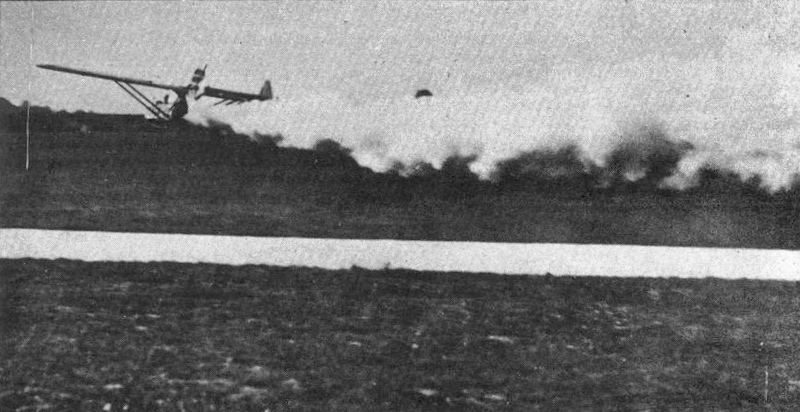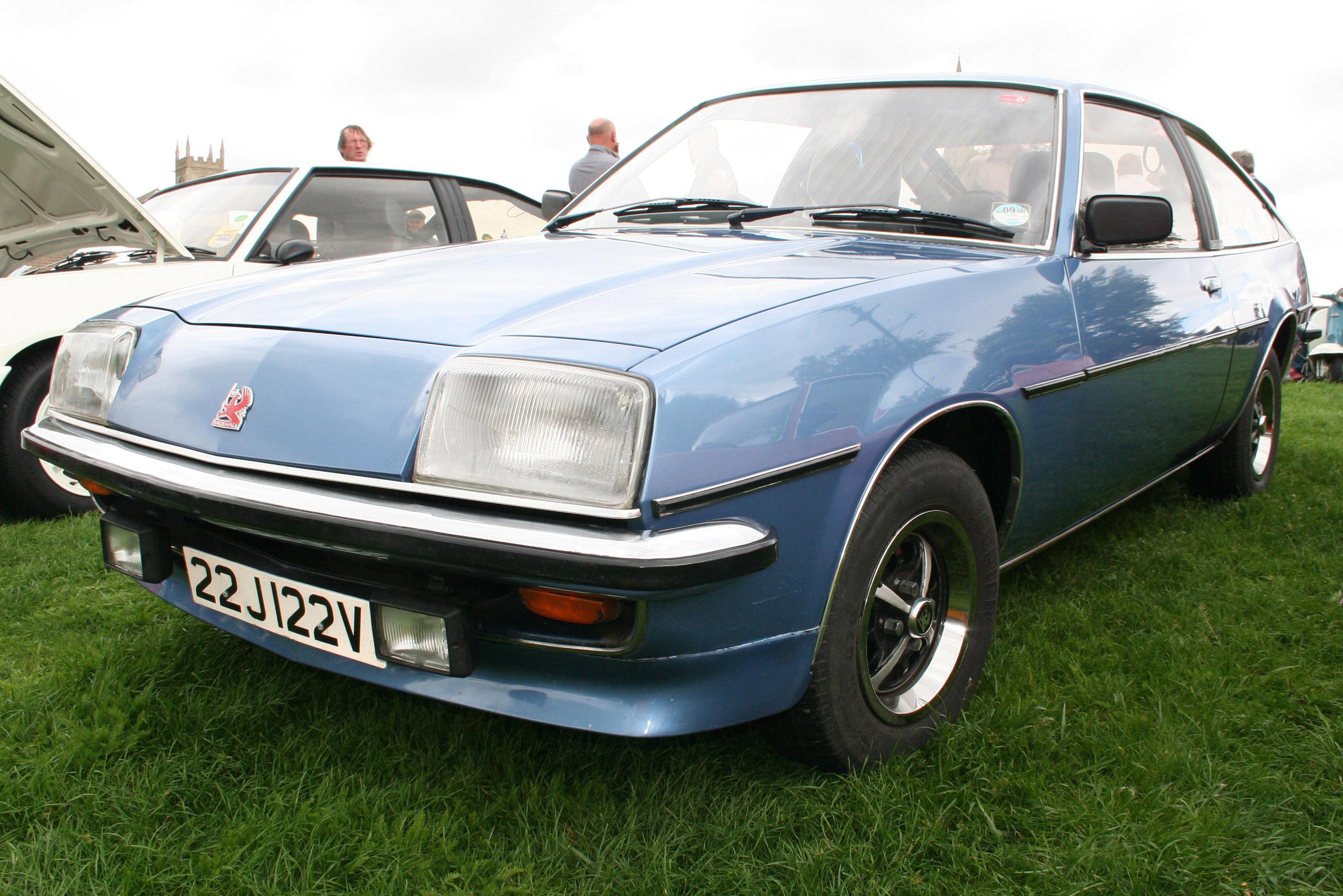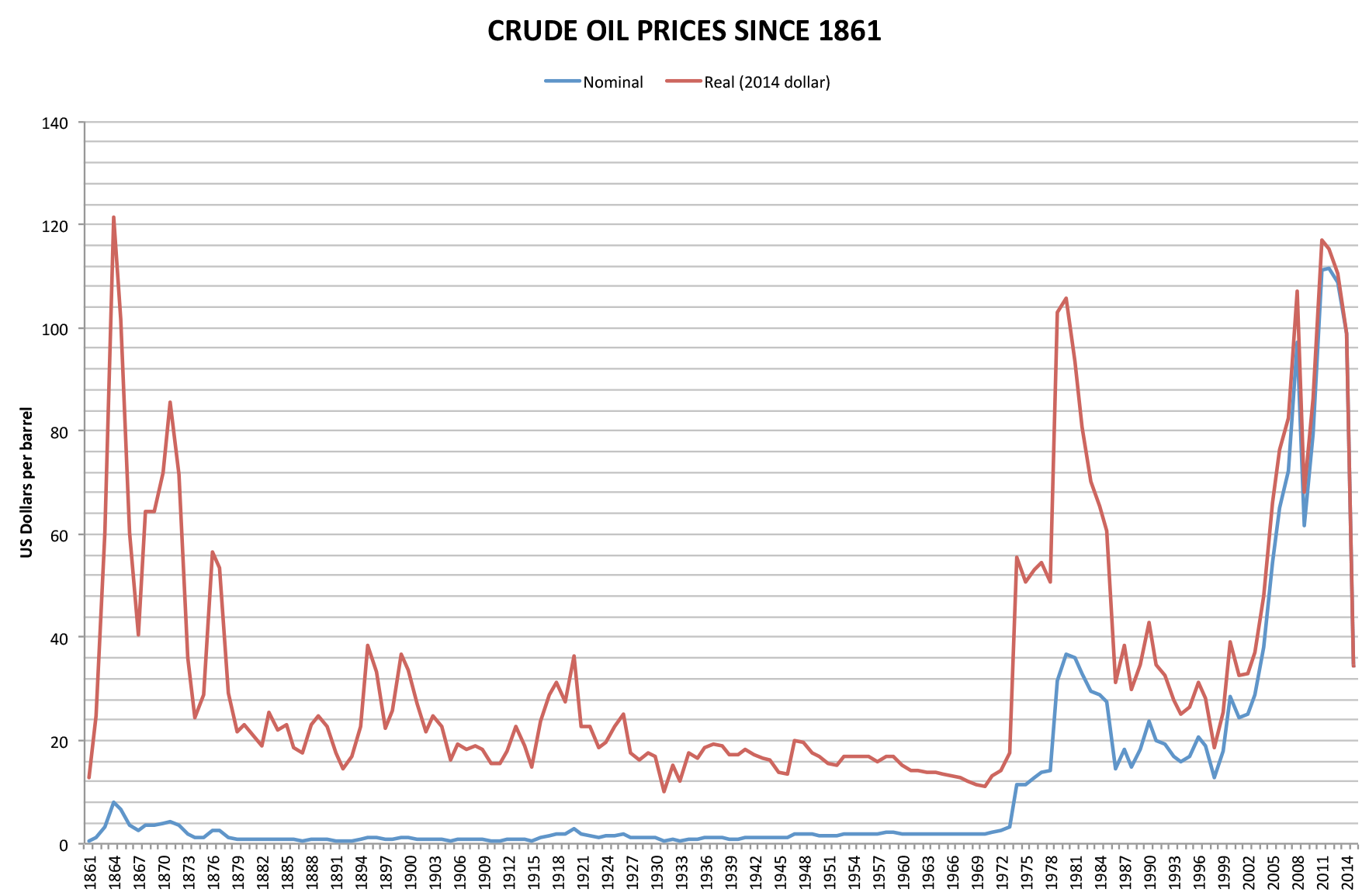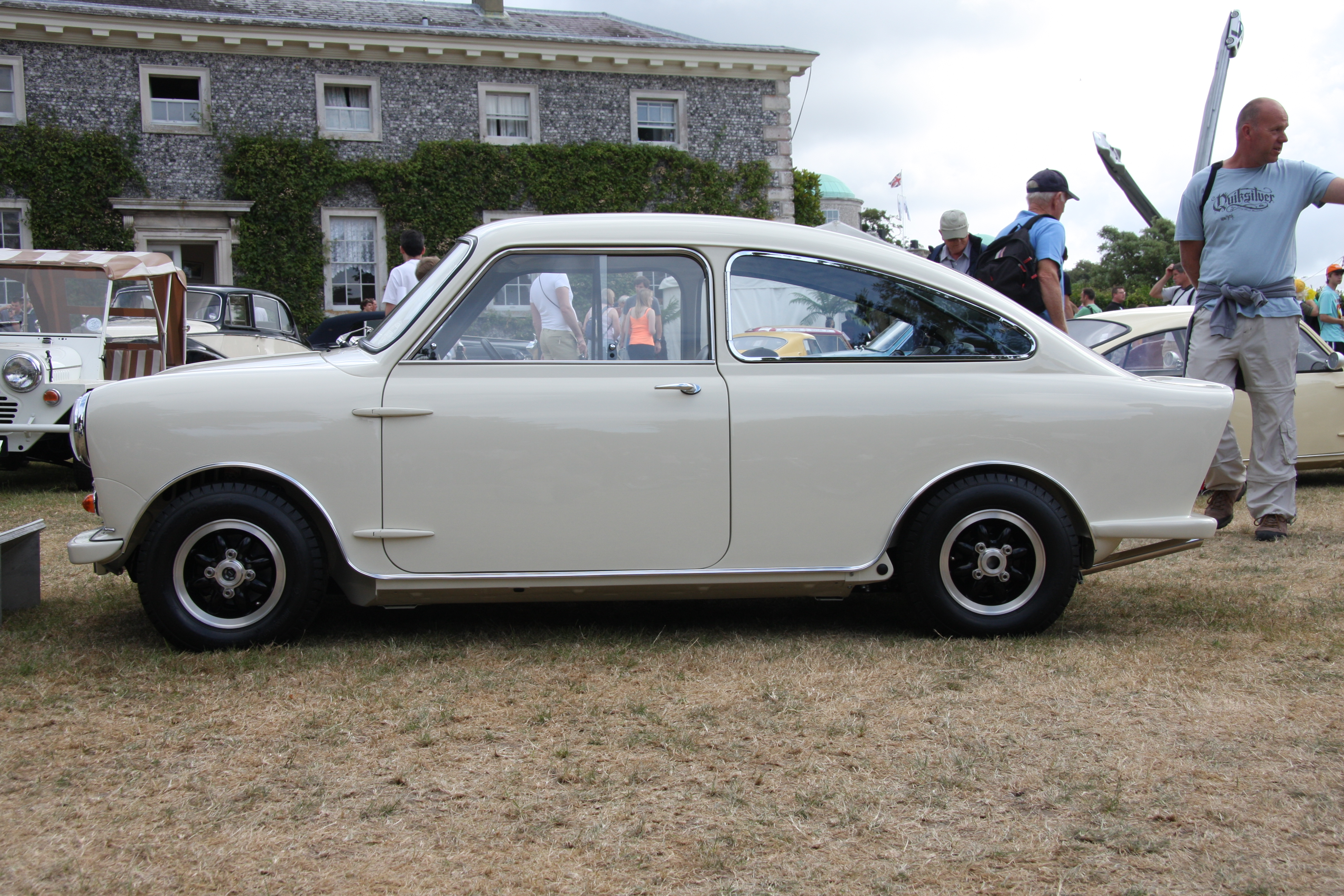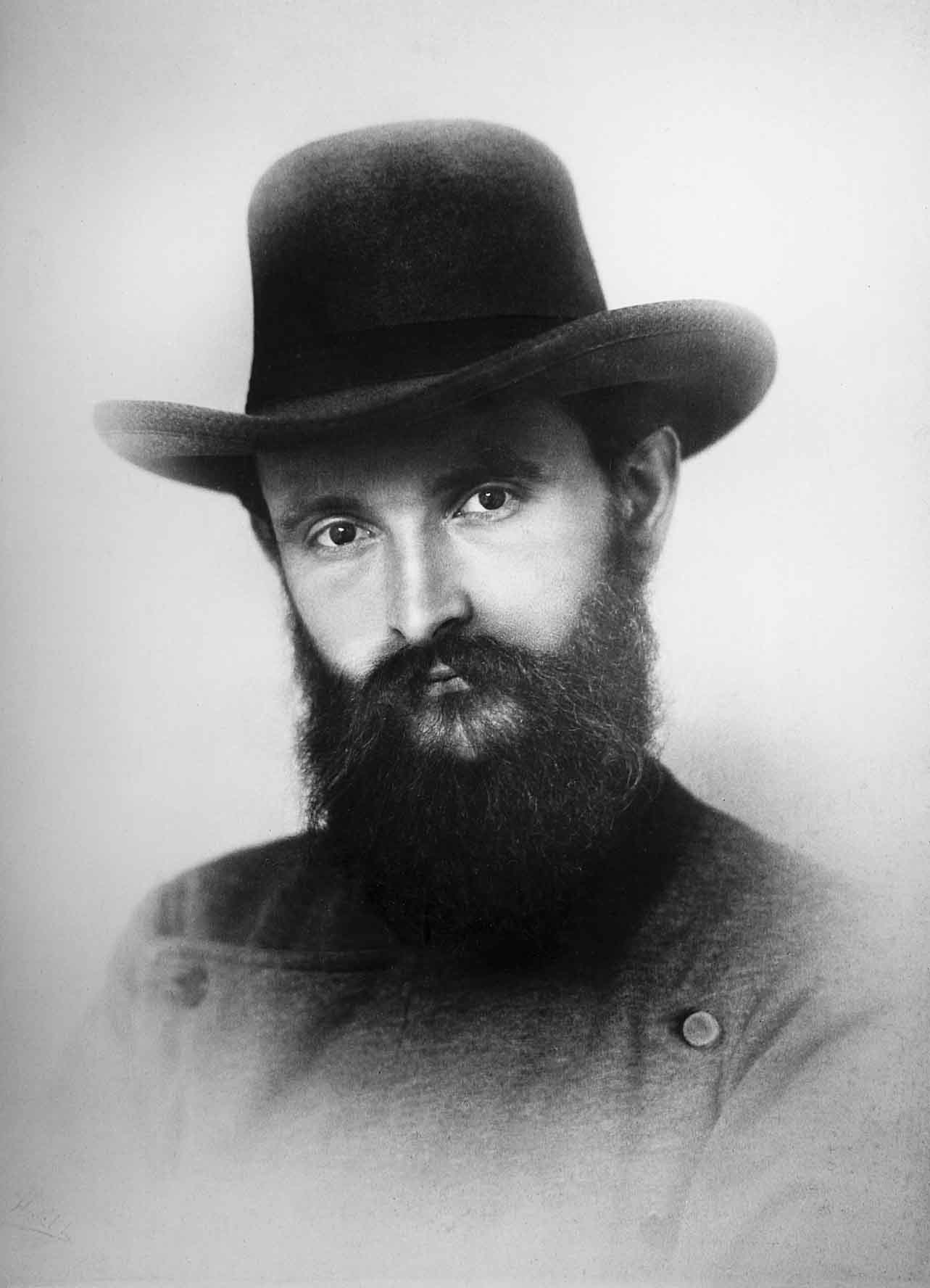|
Opel Manta
The Opel Manta is a rear-wheel-drive sports coupé built by German manufacturer Opel in two generations from 1970 to 1988. The Manta was a mildly sporting coupé based on the Opel Ascona, Ascona family car, competing with cars such as the Ford Capri. The Manta remained rear-wheel drive for both generations and also saw certain competition success. Its name comes from the manta ray. __TOC__ Manta A (1970–1975) The Manta A was released in September 1970, two months ahead of the then new Opel Ascona on which it was based. A competitor to the Ford Capri, it was a two-door "three-box" coupé, and featured distinctive round tail lights, quite similar to those on the Opel GT and which in fact were used on the GT in 1973, its final model year. It took its name, and a few minor styling cues, from the Manta Ray (car), Manta Ray concept car (1961), which also famously influenced the 1968 Chevrolet Chevrolet Corvette (C3), Corvette C3 (both Chevrolet and Opel had General Motors as thei ... [...More Info...] [...Related Items...] OR: [Wikipedia] [Google] [Baidu] |
Opel
Opel Automobile GmbH (), usually shortened to Opel, is a German automobile manufacturer which has been a subsidiary of Stellantis since 16 January 2021. It was owned by the American automaker General Motors from 1929 until 2017 and the PSA Group prior to its merger with Fiat Chrysler Automobiles to form Stellantis in 2021. Most of the Opel lineup is marketed under the Vauxhall Motors, Vauxhall brand in the United Kingdom since the 1980s. Some Opel vehicles were badge engineering, badge-engineered in Australia under the Holden brand until 2020, in North America and China under the Buick, Saturn Corporation, Saturn (until 2010), and Cadillac brands, and in South America under the Chevrolet brand. Opel traces its roots to a sewing machine manufacturer founded by Adam Opel in 1862 in Rüsselsheim am Main. The company began manufacturing bicycles in 1886 and produced its first automobile in 1899. With the Opel RAK program, the world's first rocket program, under the leadership of F ... [...More Info...] [...Related Items...] OR: [Wikipedia] [Google] [Baidu] |
Chevrolet Corvette (C3)
The Chevrolet Corvette (C3) is the third generation of the Corvette sports car that was produced from 1967 until 1982 by Chevrolet for the 1968 to 1982 model years. Engines and chassis components were mostly carried over from the previous generation, but the body and interior were new. It set new sales records with 53,807 produced for the 1979 model year. The C3 was the second Corvette to carry the Stingray name, though only for the 1969–76 model years. This time it was a single word as opposed to Sting Ray as used for the 1963–67 C2 generation. The name was then retired until 2014 when it returned with the release of the C7. The most expensive Corvette C3 to sell in history was a 1969 L88 Lightweight, one of only four lightweight L88s to be produced. It was sold by Barrett-Jackson in January 2014 for $2,860,000 (£1,728,941). History Mako Shark II Concept The Corvette C3 was patterned after the Mako Shark II designed by Larry Shinoda. Executed under Bill Mitchell's dir ... [...More Info...] [...Related Items...] OR: [Wikipedia] [Google] [Baidu] |
Vauxhall Cavalier
The Vauxhall Cavalier is a large family car that was sold primarily in the United Kingdom by Vauxhall Motors, Vauxhall from 1975 to 1995. It was based on a succession of Opel designs throughout its production life, during which it was built in three incarnations. The first generation of Cavalier, launched in 1975 and produced until 1981, was Vauxhall's version of the General Motors 'U-Car' — essentially an Opel Ascona#Ascona B (1975–1981), Opel Ascona B/ Opel Manta with a few minor visual differences. The second generation of Cavalier, launched in 1981 and produced until 1988, was launched simultaneously with the identical new generation of Opel Ascona, which was sold across the world in various guises on the GM "GM J platform, J-Body platform". The third and final generation of Cavalier, launched in 1988 and produced until 1995, was based on the first generation of Opel Vectra with the same production span. Cavaliers for the UK market were predominantly built at Vauxhall's ... [...More Info...] [...Related Items...] OR: [Wikipedia] [Google] [Baidu] |
1973 Oil Crisis
In October 1973, the Organization of Arab Petroleum Exporting Countries (OAPEC) announced that it was implementing a total oil embargo against countries that had supported Israel at any point during the 1973 Yom Kippur War, which began after Egypt and Syria launched a large-scale surprise attack in an ultimately unsuccessful attempt to recover the territories that they had lost to Israel during the 1967 Six-Day War. In an effort that was led by Faisal of Saudi Arabia, the initial countries that OAPEC targeted were Canada, Japan, the Netherlands, the United Kingdom, and the United States. This list was later expanded to include Estado Novo (Portugal), Portugal, Rhodesia, and South Africa. In March 1974, OAPEC lifted the embargo, but the price of oil had risen by nearly 300%: from US to nearly US globally. Prices in the United States were significantly higher than the global average. After it was implemented, the embargo caused an oil crisis, or "shock", with many short- and long ... [...More Info...] [...Related Items...] OR: [Wikipedia] [Google] [Baidu] |
Opel Commodore
The Opel Commodore is an executive car (E-segment) produced by Opel from 1967 to 1986. It is the six-cylinder variant of the Opel Rekord, Rekord with styling differences. The Commodore nameplate was used by Opel from 1967 to 1982 in Europe and to 1986 in South Africa. However, its Nameplate (automotive), nameplate/lineage continued until 2020 with the Australian Holden Commodore. The last generation was sold in the United Kingdom primarily as the Vauxhall Viceroy although Opel models were also sold. Commodore A (1967–1971) The Opel Commodore A was manufactured from 1967 to 1971, based on the Rekord C. After having offered a Rekord-6 powered by a 2.6 L 6-cylinder engine (which originated in the Opel Kapitän and Opel Admiral, Admiral) since March 1964, Opel in February 1967 launched the Commodore as a faster up-market version of the Opel Rekord, Rekord. The Commodore was initially available with the known the 2.2-litre six and a larger 2.5 L engine developing wi ... [...More Info...] [...Related Items...] OR: [Wikipedia] [Google] [Baidu] |
Broadspeed
Broadspeed Engineering Ltd was a British automobile tuning and engineering company that operated from Sparkbrook, Birmingham, England, principally during the 1960s and 1970s. It was started and run by Ralph Broad, and first became well known for its success in campaigning MkI BMC Minis during the early 1960s. The company also offered a variety of different road- and race-tuning packages for BMC and Ford engines. History Ralph Broad began racing in 1955, when he was in his late twenties. In 1959, he bought an early BMC Mini and immediately began to see success racing it, which helped him to sell racing conversion packages to other Mini owners. This arrangement developed into the 1962 establishment of Team Broadspeed, for which Broad himself remained one of the drivers. The Broadspeed cars were often seen as being competitive with the factory works Coopers, especially at the hands of John Fitzpatrick, who had become the team's top driver. In 1965, Broadspeed began to transition ... [...More Info...] [...Related Items...] OR: [Wikipedia] [Google] [Baidu] |
GM T Platform (RWD)
The General Motors T-car was a platform designation for a worldwide series of rear-wheel drive, unibody subcompact cars. It was General Motors' first attempt to develop a small car to be sold internationally with engineering assistance from Isuzu of Japan and GM's Opel Division of Germany. GM's European divisions Vauxhall and Opel, and Australian division Holden were already producing small vehicles for their respective local markets, but subcompact car production wasn't being done by GM in North America until the introduction of the Vega earlier. Subcompacts from international divisions were being offered in North America as captive imports. A stretched version of the platform was developed by Opel to create the mid-size (extended sub-compact) 'U-Car', which formed the basis of the Opel Ascona B and Vauxhall Cavalier Mk1 The T-platform was superseded by the T80 platform, whilst the J-body platform replaced the U-Cars - with both the T80 and J-body platforms being front w ... [...More Info...] [...Related Items...] OR: [Wikipedia] [Google] [Baidu] |
Deutsche Mark
The Deutsche Mark (; "German mark (currency), mark"), abbreviated "DM" or "D-Mark" (), was the official currency of West Germany from 1948 until 1990 and later of unified Germany from 1990 until the adoption of the euro in 2002. In English, it was typically called the "Deutschmark" ( ). One Deutsche Mark was divided into 100 pfennigs. It was first issued under Bizone, Allied occupation in 1948 to replace the Reichsmark and served as the Federal Republic of Germany's official currency from its founding the following year. On 31 December 1998, the Council of the European Union fixed the irrevocable exchange rate, effective 1 January 1999, for German mark to euros as DM 1.95583 = €1. In 1999, the Deutsche Mark was replaced by the euro; its coins and banknotes remained in circulation, defined in terms of euros, until the introduction of euro notes and coins on 1 January 2002. The Deutsche Mark ceased to be legal tender immediately upon the introduction of the euro—in contr ... [...More Info...] [...Related Items...] OR: [Wikipedia] [Google] [Baidu] |
Robert Bosch GmbH
Robert Bosch GmbH (; ), commonly known as Bosch (styled BOSCH), is a German multinational engineering and technology company headquartered in Gerlingen, Baden-Württemberg, Germany. The company was founded by Robert Bosch in Stuttgart in 1886. Bosch is 94% owned by the Robert Bosch Stiftung, a charitable institution. Although the charity is funded by owning the vast majority of shares, it has no voting rights and is involved in health and social causes unrelated to Bosch's business. Bosch's core operating areas are spread across four business sectors: mobility (hardware and software), consumer goods (including household appliances and power tools), industrial technology (including drive and control) and energy and building technology. In terms of revenue, Bosch is the largest automotive supplier. History 1886–1920 The company started in a backyard in Stuttgart-West as the (Workshop for Precision Mechanics and Electrical Engineering) on 15 November 1886. The next ... [...More Info...] [...Related Items...] OR: [Wikipedia] [Google] [Baidu] |
Road & Track
''Road & Track'' (stylized as ''R&T'') is an American automotive enthusiast magazine first published 1947. It is owned by Hearst Magazines and is published six times per year. The editorial offices are located in New York City. History ''Road & Track'' (often abbreviated ''R&T'') was founded by two friends, Wilfred H. Brehaut, Jr. and Joseph S. Fennessy, in 1947, in Hempstead, New York. Published only six times from 1947 to 1949, it struggled in its early years. By 1952, regular contributor and editor John R. Bond and his wife Elaine had become the owners of the magazine, which then grew until its sale to CBS Publications in 1972. The ampersand (&) in the title was introduced in 1955 by then Editor Terry Galanoy, who replaced the word "and" in the magazine's name because the words Road and Track were graphically too long for newsstand-effective recognition. In 1988, Hachette Filipacchi Media took ownership of the magazine. In October 2008, Matt DeLorenzo became editor-in-chi ... [...More Info...] [...Related Items...] OR: [Wikipedia] [Google] [Baidu] |
Vauxhall Viva (1963–1979)
The Vauxhall Viva is a small family car that was produced by Vauxhall in a succession of three versions between 1963 and 1979. These were designated the HA, HB and HC series. The Viva was introduced a year after Vauxhall's fellow General Motors company Opel launched the Opel Kadett A. Both cars were a result of the same General Motors project and share the same floorpan and engine constructions, but with one main difference being the use of metric measurements for the Opel and imperial ones for the Vauxhall. They are also visually similar, however few components are interchangeable. A van version was also produced, as the Bedford HA. In the UK the Viva's principal competitors at the time of its launch included the well-established Ford Anglia and Morris Minor. The third generation HC series was the last solely Vauxhall designed passenger car when it ceased production in 1979 (although not the last Vauxhall designed vehicle to go out of production overall – that distinctio ... [...More Info...] [...Related Items...] OR: [Wikipedia] [Google] [Baidu] |
